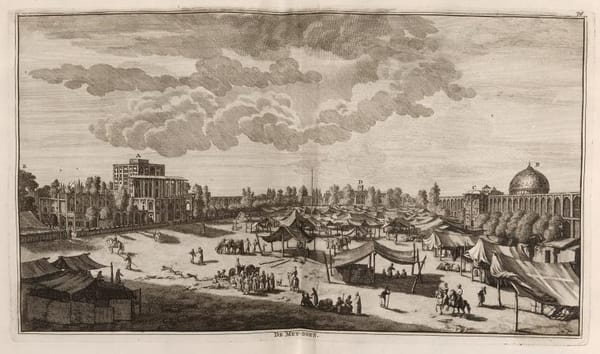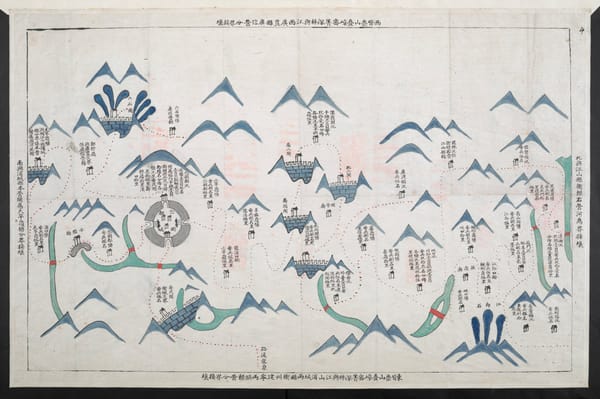A Successful Adaptation to Failure: the Portuguese on the island of Socotra during the sixteenth century

Socotra (pt. Socotorá, ar. Suquṭrā) is the largest of the 258 islands dispersed throughout the Arab Middle East. It is located at the easternmost point of the Horn of Africa, at the southern entrance to the Red Sea. With its arid climate, hilly terrain, limited natural resources and, as a result, a scarce population, Socotra has little to offer in terms of goods and trade. Its location, in turn, proved strategic for being in an area that constituted for centuries the centre of international trade among the great empires of the East and between them and the West.
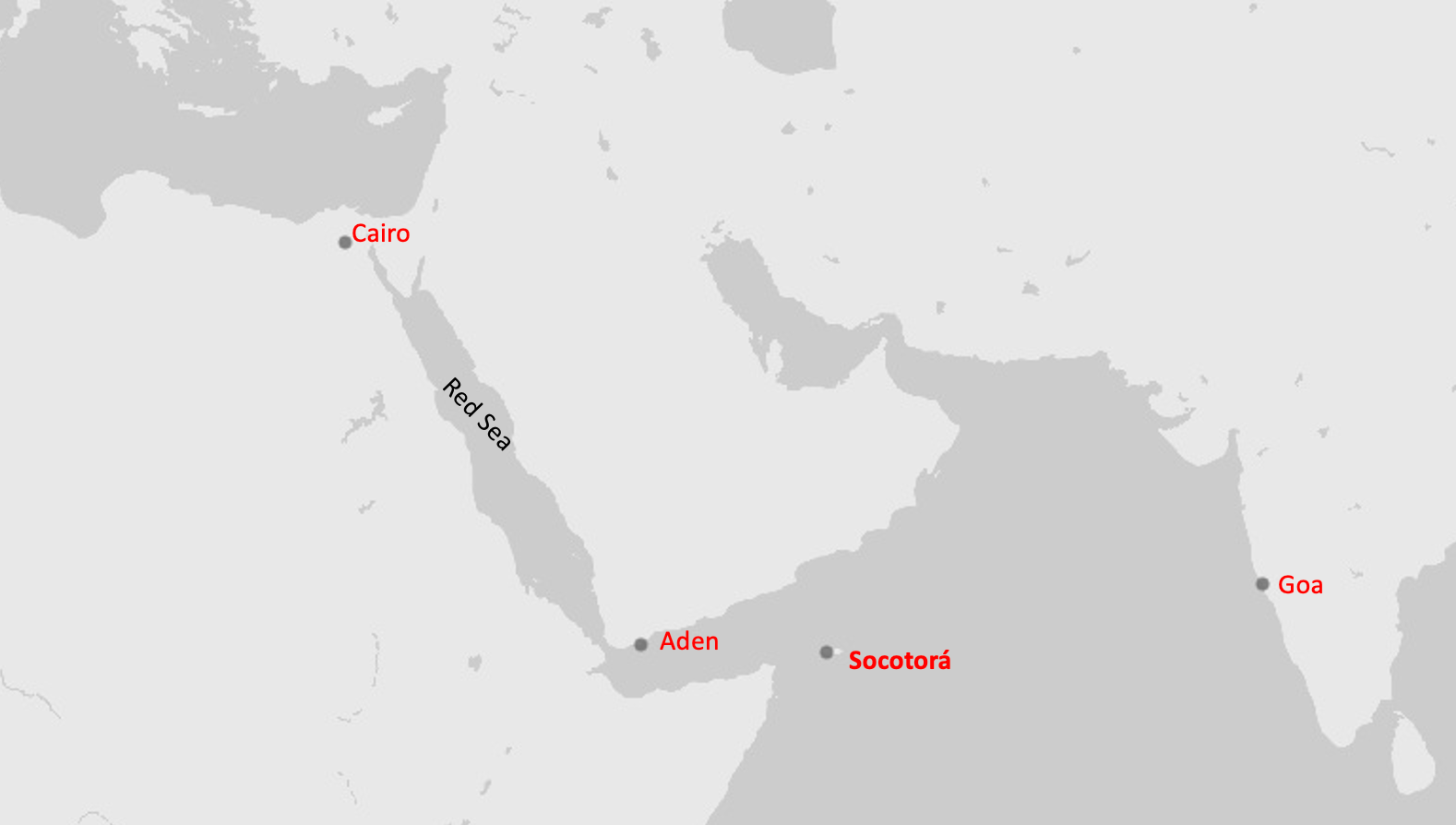
Since at least the sixth century of the Christian era, it has been home to a population of Nestorian Christians. However, relations with the Nestorian Church of Persia and Mesopotamia showed signs of decay in the thirteenth century, and bishops stopped visiting the island. In 1480, the island fell under the control of the Qishn Sultanate, which was located in the east of present-day Yemen (the country to which the island belongs today). There, subjects of the Muslim sultanate built a military outpost and began to collect taxes from the natives – mostly shepherds who lived up in the mountains – but did not expel or force them to convert.
The economic potential of the island is limited by scarce rainfall patterns and unfavourable geography for agriculture. The few products that were exported from the island were aloe, dragon blood (dracaena cinnabari), shell and ambergris. Despite the lack of resources that could generate economic interest, the Portuguese invaded the island in 1507, defeated the Fatarki – as the Muslims of the Qishn sultanate were known – and built a fortress under the ruins of the old military outpost. Two hundred Portuguese men moved to the island, one hundred living inside the fortress and one hundred in the village built nearby, which is a considerably high number compared to other Portuguese settlements in Asia. Despite the infrastructure built and the number of people relocated, the fortress was dismantled, and the settlement was abandoned in 1511, less than five years after its construction. The plan of King Manuel and Governor Afonso de Albuquerque to use the island as a base for privateering in an attempt to block the pepper trade through the Red Sea proved to be flawed. As the Portuguese learned in time, the area to be patrolled from Socotra, situated quite far south from the Strait of Aden, was much larger than the Portuguese armadas were capable of covering.
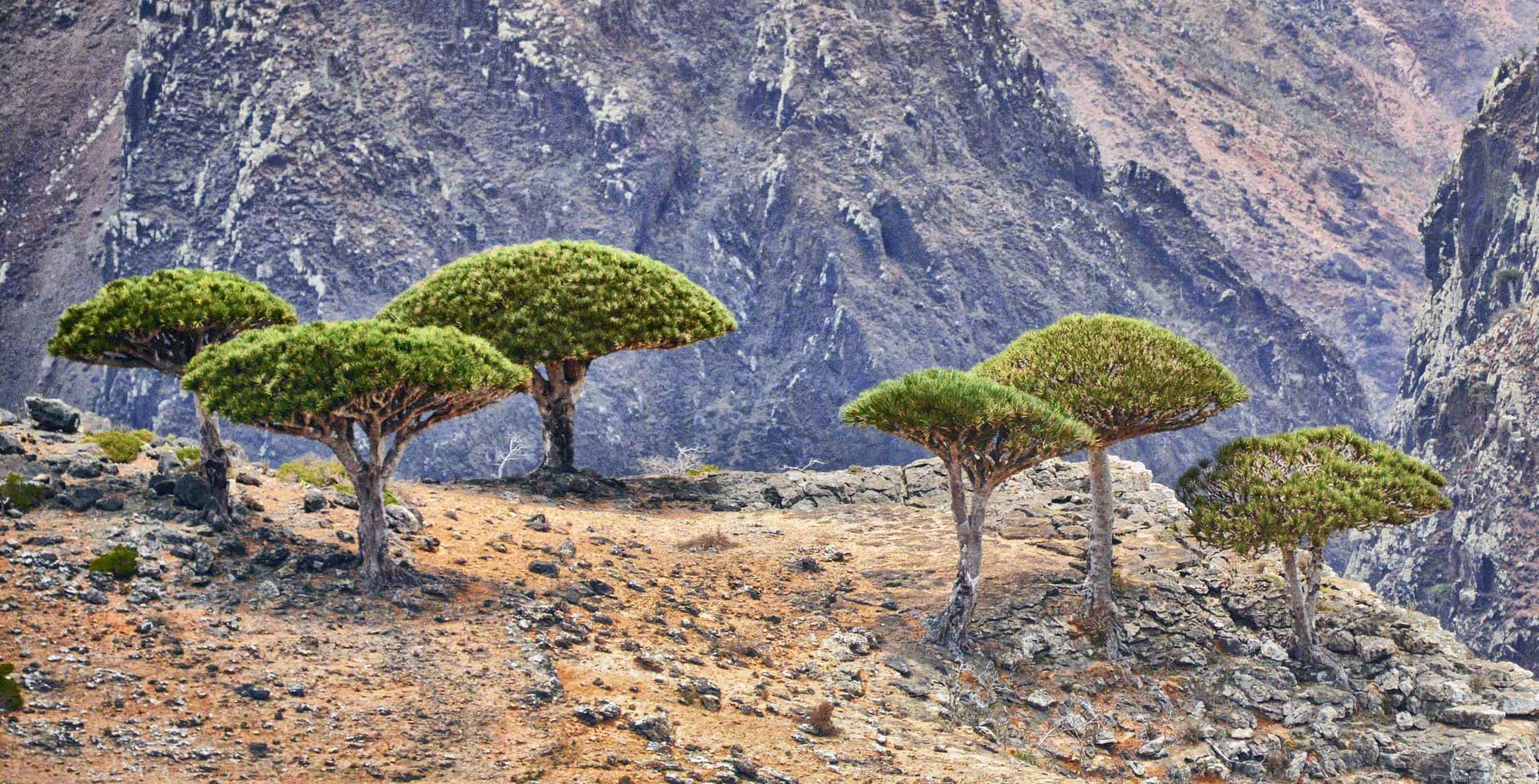
The fortress was abandoned due to the failure of the Red Sea blockade and the enormous difficulty of sustaining the population that had been moved there. The Portuguese settlers had been struck down by hunger and disease. No help could be sought from the Christian inhabitants of the island, who rebelled against the Portuguese occupation. Nevertheless, Socotra remained an important site for the Estado da Índia for years after the settlement was abandoned. There, Portuguese ships took shelter and stock up on water and supplies on their voyage to India whenever they could not catch the favourable monsoons in time. In addition, the Fatarki, who soon reoccupied the island, became allies of the Portuguese in their resistance against Ottoman expansion after the fall of the Mamluk empire in 1517. The alliance with a Muslim sultanate did not go unnoticed by fervent Catholics who still had the model of Holy War in mind. However, authorities in the Estado da Índia insisted on the importance of maintaining this alliance for the security of all the Portuguese in India.
In a 1544 letter to the king, Martim Afonso de Sousa, governor of the Portuguese Estado da Índia, reinforced that on the Arabian coast, the Portuguese had no other port to seek shelter and that Socotra was as safe as Goa for them. The friar António de Gouveia mentioned in his 1606 book about the archbishop of Goa – Jornada do Arcebispo de Goa, Dom Frey Aleixo de Menezes Primaz da India Oriental – that the “naus of Mombaça” ordinarily stopped on the island to load the ships with water. From Mombasa, on Kenya’s Swahili Coast, the Portuguese acquired ivory in exchange for Gujarat textiles that, since the late 16th century, were bought in Chaul. Gouveia also mentioned that the Portuguese provided the Qshin Sheikh with safe conducts for navigation (cartaz) and weaponry for protection against the Turks. The latter, the friar stated, constantly attacked the “moors of the island” because they traded with the Portuguese.
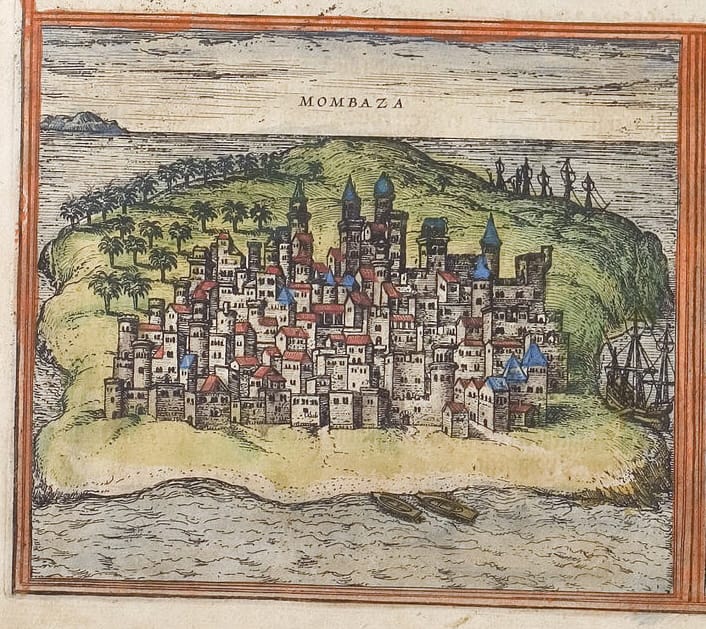
The experience in Socotra provides a good example of the changing nature of the Portuguese enterprise in Asia at the beginning of the 16th century. At first, King D. Manuel followed the Reconquista model, seeing the pepper and spice trade as a way of financing his Holy War against the Muslims and, by closing the Red Sea to such trade, strangling the Islamic economies around the Holy Land. However, a few years after settling in Asia, the Portuguese were allying themselves with different groups of Muslims in an attempt – often successful – to meddle in the local commercial networks and make that enterprise, so far removed geographically from Portugal, profitable. Both in Socotra and in Asia as a whole, the initial failure did not entail withdrawal but an adaptation that led to the articulation of a new and successful system. In the end, a pragmatism that sought profit prevailed, even at the expense of the medieval Christian ideals that had inspired the Portuguese king to invest in such a risky and expensive undertaking as the search for a maritime route to “the Indies”.
Further reading:
Biedermann, Zoltán. ‘An Island under the Influence: Soqotra at the Crossroads of Egypt, Persia and India from Antiquity to Early Modern Age’. In Aspects of the Maritime Silk Road: From the Persian Gulf to the East China Sea, edited by Ralph Kauz, 9–24. 10. Wiesbaden: Harrassowitz, 2010.
Costa, J. ‘Socotora e o Domínio Português no Oriente’. Revista da Universidade de Coimbra 23: 323–71.
Crouzet, Guillemette. "Contesting trade and empire in an eighteenth-century depiction of the island of Hormuz", blog post for CAPASIA.eu. (here)
Elie, Serge D. ‘Soqotra: South Arabia’s Strategic Gateway and Symbolic Playground’. British Journal of Middle Eastern Studies 33, no. 2 (2006): 131–60.
Gouveia, António de. Jornada do Arcebispo de Goa, Dom Frey Aleixo de Menezes Primaz da India Oriental, Religioso da Ordem de S. Agostinho. Coimbra: Officina de Diogo Gomez Loureyro, 1606.
Jesus, Roger Lee de. ‘Afonso de Albuquerque e a Primeira Expedição Portuguesa ao Mar Vermelho (1513)’. Fragmenta Historica 1 (2013): 121–41.
Strauch, Ingo, ed. Foreign Sailors on Socotra: The Inscriptions and Drawings from the Cave Hoq. Vergleichende Studien Zu Antike Und Orient, Band 3. Bremen: Hempen Verlag, 2012.



